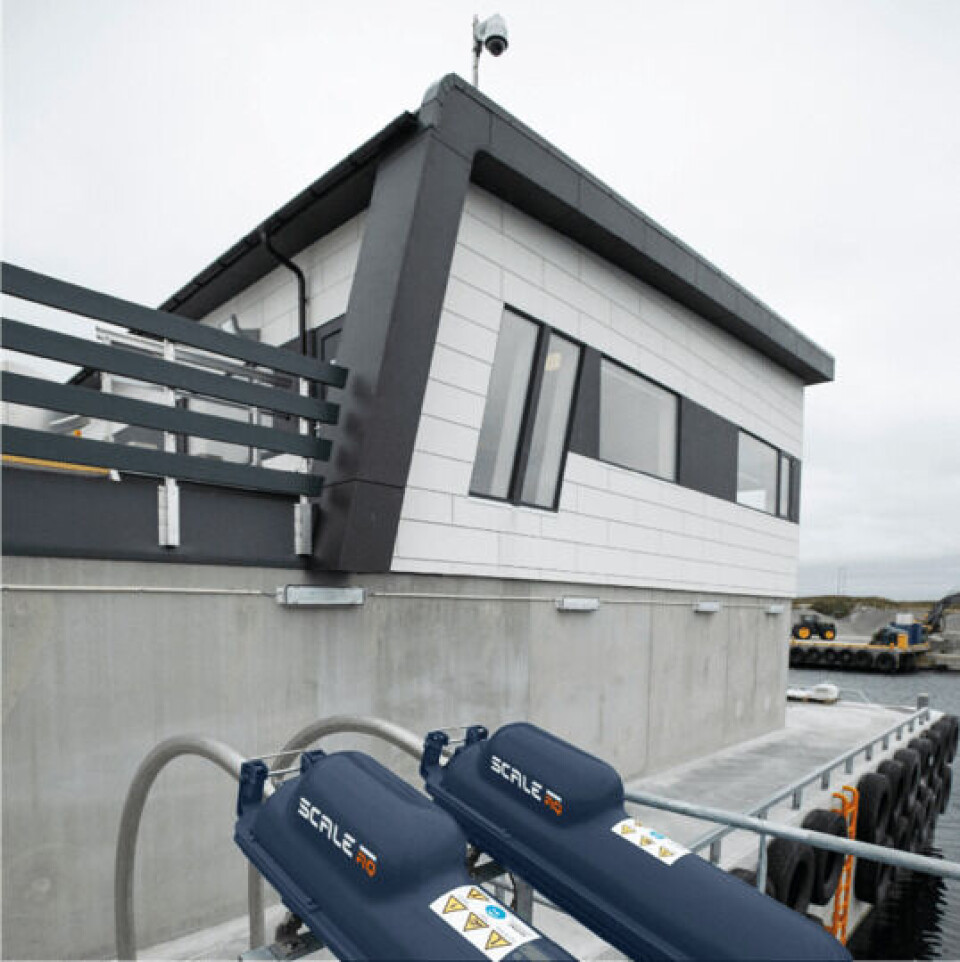
'Open' feed software aims to keep everybody API
Fish farming supplier ScaleAQ has kicked off what it believes will be “a new collaborative era” in aquaculture by releasing an updated, more open version of the software for its FeedStation 2.0 feeding system.
It uses application programme interfaces (APIs) that allows exchange of data and easier integration with other, non-ScaleAQ systems.
An API is an interface in a software package that allows specific parts of it to be accessed, (“run”) from another software. This means that even very simple applications (often web applications, apps) can make changes, run processes or otherwise process data from other systems in a larger context.

Same software for all
“In our close dialogue with almost every part of the aquaculture industry, we have seen that closed systems give less choice. We had to ask ourselves the question; why is it that the same software can’t work with all types of central feeding systems?” said ScaleAQ’s vice president (digital) Jørn Torsvik, in a press release.
ScaleAQ was formed recently by the merger of Steinsvik, Aqualine, AquaOptima and most recently, Tasmanian firm PanLogica.
The company said experience from its local presence in 11 countries shows that there are major challenges related to the collection and analysis of data across locations or regions. This had also become very evident with the rise of centralised feeding from land.
‘Right direction’
“Over the past year, we have been working on introducing open APIs that can be used for the entire industry and provide a secure and stable exchange of data between different systems. We believe so strongly that this is the right direction for the industry that we want to share our APIs with everyone who wants access,” said Torsvik.
In the short term, this means that ScaleAQ also has to let competitors more easily control its own mechanical systems, but according to Torsvik, the company is sure that aquaculture users see the value of this.
“In the future, suppliers will be chosen based on how flexible and secure their solutions are for data exchange,” claimed Torsvik, which consequently opens the doors to entirely new areas of cooperation.

Additional functionality
The new FeedStation software allows anyone who has the expertise to develop additional functionality to what ScaleAQ claims is the world’s most commonly used central feeding system.
“If Rita, who works as a farmer at a sea site, develops a solution that calculates the number of kilos of feed in a silo using an image on her phone, she can use this API to add this feature to FeedStation. Then she will automatically have access to a large existing customer group who also might think this is a good idea. Maybe they are also willing to pay for her solution,” said Torsvik.
The same will apply to existing suppliers and development teams of aquaculture companies who want their own custom solutions.
System-to-system
Torsvik said robust customer security had been built into the new software.
Norwegian fish farmer Lingalaks has been one of the pilot users of the new FeedStation and has integrated the feeding system with hydroacoustic solutions from CageEye to measure the fish’s response during feeding.
“It is important for us in Lingalaks that information can flow from system to system, so that we can use the technology we want to feed on the fish’s own terms,” said Lingalaks chief executive Kristian Botnen.
“The fact that ScaleAQ has developed both content APIs and control APIs makes it easier for us to connect the technologies we want to achieve the best possible feeding result.”























































